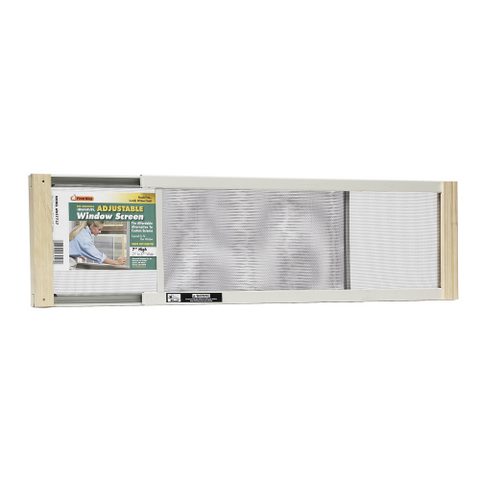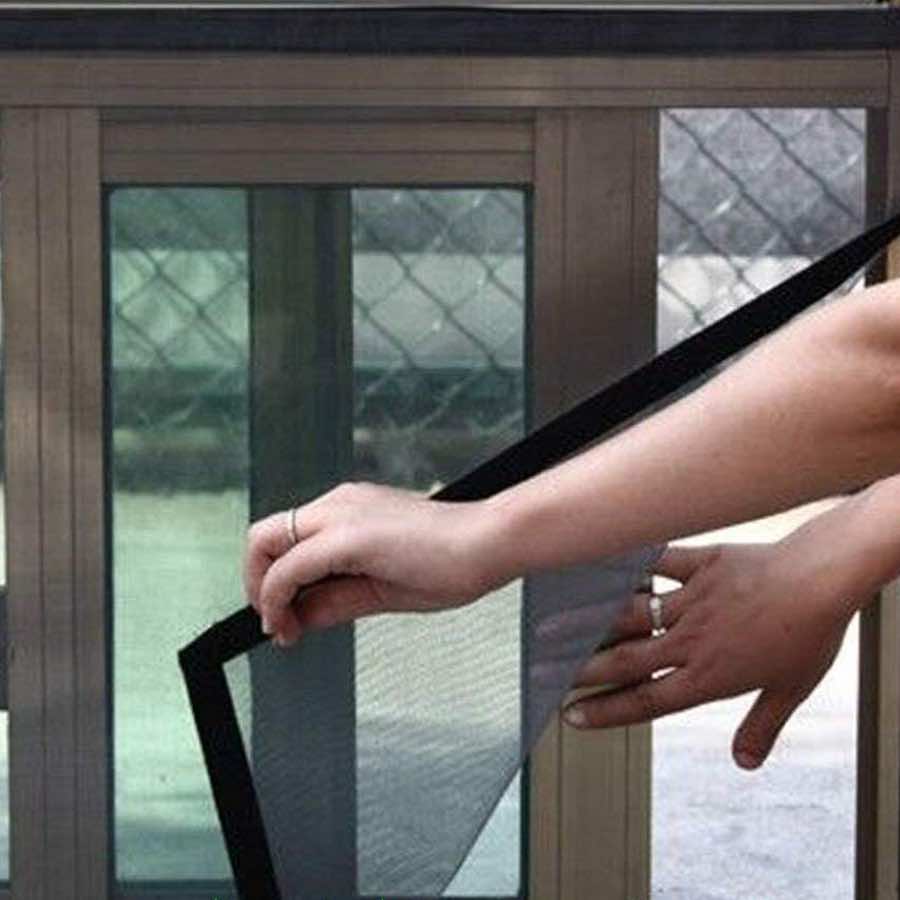
Aluminum is generally available in natural aluminum or in an applied black or charcoal color, which make the screening less visible.

The most common materials used for the mesh of window screens are aluminum and fiberglass.

( May 2016) ( Learn how and when to remove this template message) Unsourced material may be challenged and removed. Please help improve this article by adding citations to reliable sources. This section needs additional citations for verification. This effect has been used to collect water from fog. It is not generally intended to prevent young children from falling out of the window, stop home intruders, or defend against larger animals. Uses Ī window screen prevents insects flying or crawling into a house without obstructing the view or airflow through the window. Today many houses in Australia, the United States and Canada have screens on operable windows. By the 1950s, parasitic diseases were largely eradicated in the United States in part due to the widespread use of window screens. Window screens designed specifically to prevent insect entry were not patented in the United States, although by 1900 several patents were awarded for particular innovations related to window screen design. Barnum Company of Detroit, Michigan advertised screens that were sold by the square foot. Patent, number 79541 for screened roof-top rail-car windows, allowing ventilation, while preventing "sparks, cinders, dust, etc." from entering the passenger compartment. On July 7, 1868, Bayley and McCluskey filed a U.S. An employee realized that the wire cloth could be painted gray and sold as window screens and the product became an immediate success. In 1861 Gilbert, Bennett and Company was manufacturing wire mesh sieves for food processing. Two wire window screens were exhibited at Quincy Hall in Boston in 1839. Advertisement for wire window screens also appeared in Boyd's Blue Book in 1836. "Wove wire for window screens" are referenced in the American Farmer in 1823. Driving the spline into the channel tends to tension the screen on the frame, so the installer must avoid pre-tensioning the screen excessively to prevent the frame from becoming warped. Some spline rollers are double-ended and have both convex and concave rollers the convex roller can be used to seat the spline deeper into the channel without risk of cutting the screen. The wheel edge is concave, to help it hold the spline and not slip off to the side. A spline roller - a special tool that consists of a metal (or plastic) wheel on a handle - is used to press the spline into the frame. The spline is often manufactured with parallel ridges running along the length of the spline to provide a better grip and compression when it is pressed into the spline channel. The excess screen is then trimmed close to the spline with a sharp utility knife.

#12 INCH HIGH ADJUSTABLE WINDOW SCREENS WINDOWS#
In some regions such as the northern United States and Canada, screens were required to be replaced by glass storm windows in the winter, but now combination storm and screen windows are available, which allow glass and screen panels to slide up and down.įor screens installed on aluminium frames, the material is cut slightly larger than the frame, then laid over it, and a flexible vinyl cord, called a spline, is pressed over the screen into a groove (spline channel) in the frame. Most houses in Australia, the United States and Canada and other parts of the world have screens on windows to prevent entry of flying insects such as mosquitoes, flies and wasps. It serves to keep leaves, debris, bugs, birds, and other animals from entering a building or a screened structure such as a porch, without blocking fresh air-flow. It is usually a mesh made of metal, fibreglass, plastic wire, or other pieces of plastic and stretched in a frame of wood or metal. A window screen (also known as insect screen, bug screen, fly screen, flywire, wire mesh, or window net) is designed to cover the opening of a window.


 0 kommentar(er)
0 kommentar(er)
